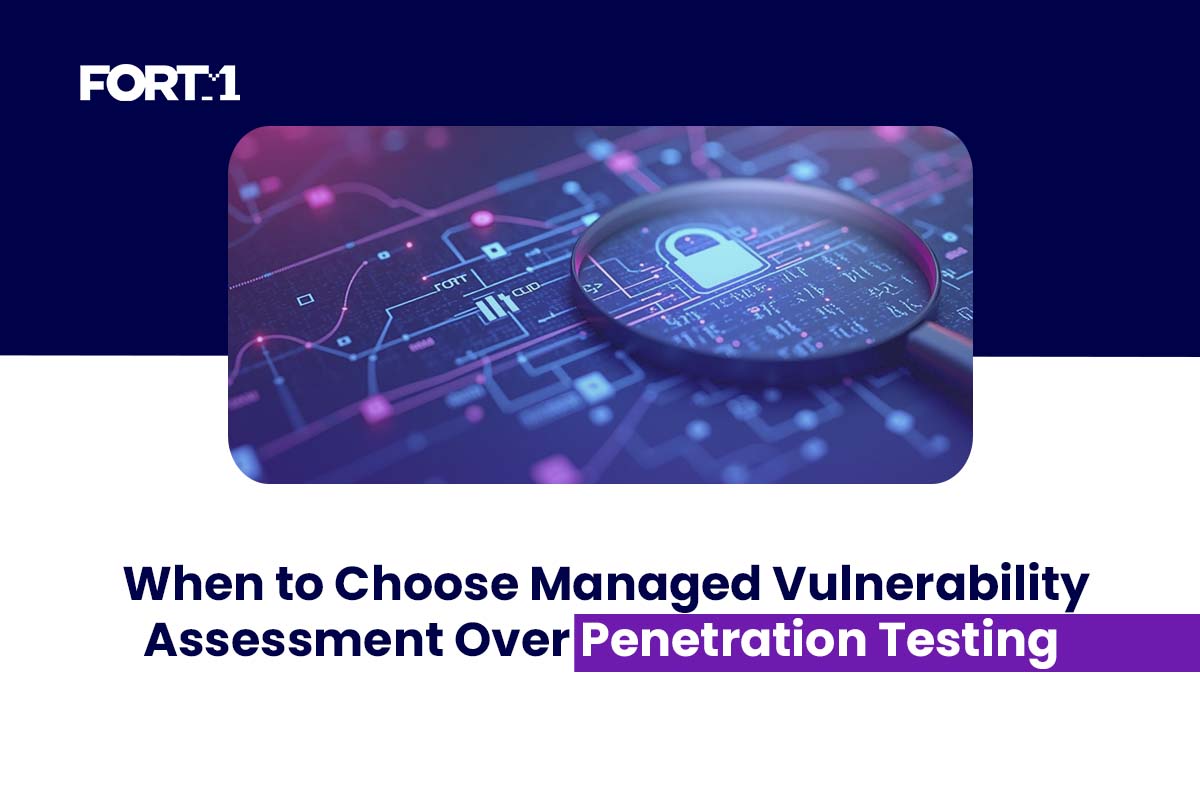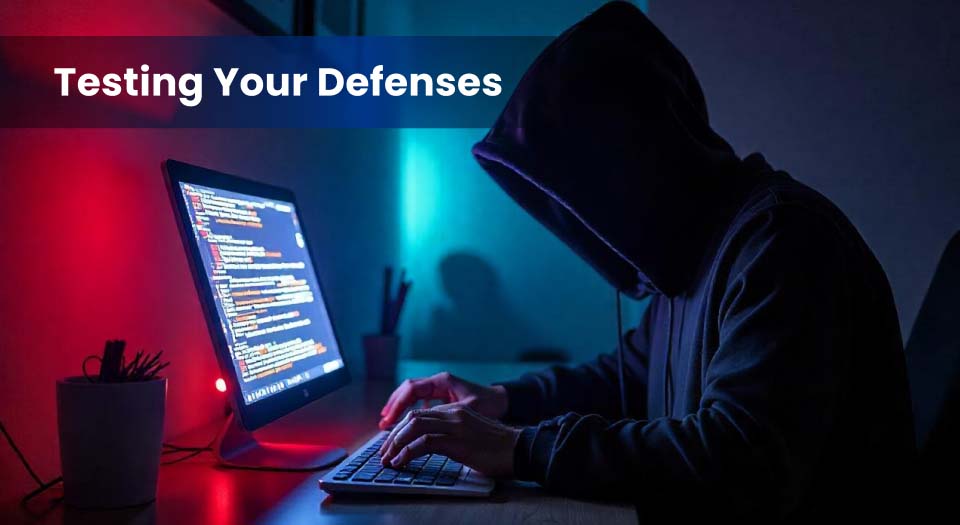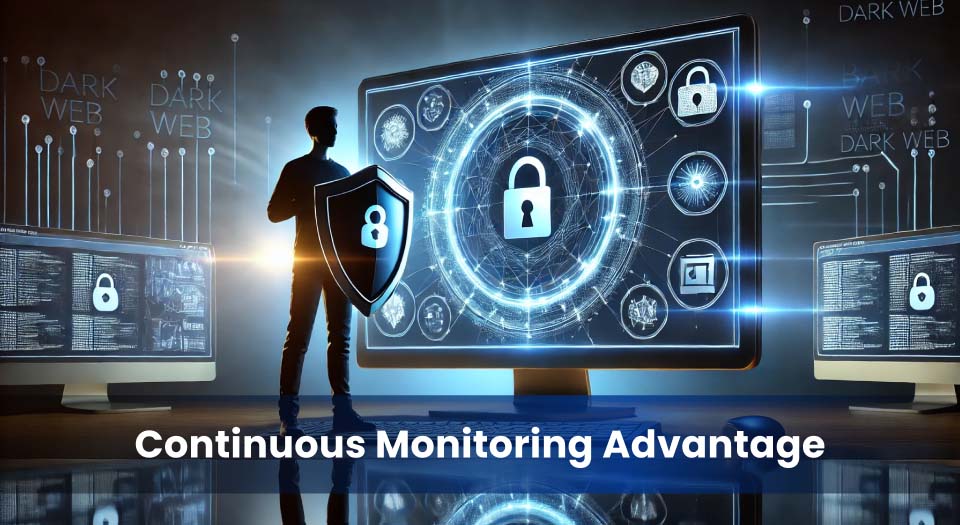Determining whether to prioritise Managed VA or Pen Testing depends on several factors, including an organisation’s risk profile, compliance obligations, budget constraints, and overall security maturity. This article provides a structured comparison of both approaches, outlining when businesses should invest in ongoing vulnerability assessments and when targeted penetration testing is the more strategic choice. By understanding these distinctions, organisations can enhance their cyber resilience and allocate resources effectively to safeguard critical assets.







